In the Netflix show Dark Tourist, the viewer is exposed to unusual sites, rituals, and ceremonies worldwide. Dark tourism is actually a genre of tourism that has been growing in the last few years. Why do tourists flock to these macabre sites? It could be that the historical significance and the story of the site are extremely intriguing to the visitor. Those in academia may be interested in these sites to understand a specific event such as Holocaust and war history.
The following five dark tourism sites are located on three continents where mass death has occurred. In Europe, we explore the Dachau Concentration Camp and the ancient city of Pompeii. In North America, we visit the very poignant 9/11 memorial and Pearl Harbor. In Asia, the site is the famous bridge in Kanchanaburi, Thailand, built over the River Kwai.
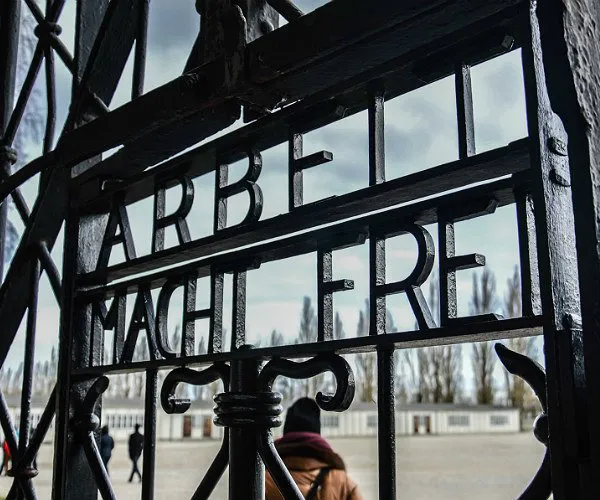
Dachau Concentration Camp
This concentration camp is located outside of Munich, Germany, where over 40,000 prisoners have died. At first, the camp was opened to hold political prisoners then functioned as a forced labor camp. It was a place where cruel medical experiments were conducted on many of the inmates. The camp also had gas chambers and a crematorium to dispose of its prisoners. A solemn feeling washes over you as soon as you set foot in the camp. Many visitors to the site were brought to tears as they explored the grounds. Dachau Concentration Camp is an important site for remembering victims of the Holocaust and World War II history. We should never forget this atrocity, so it will not be repeated.
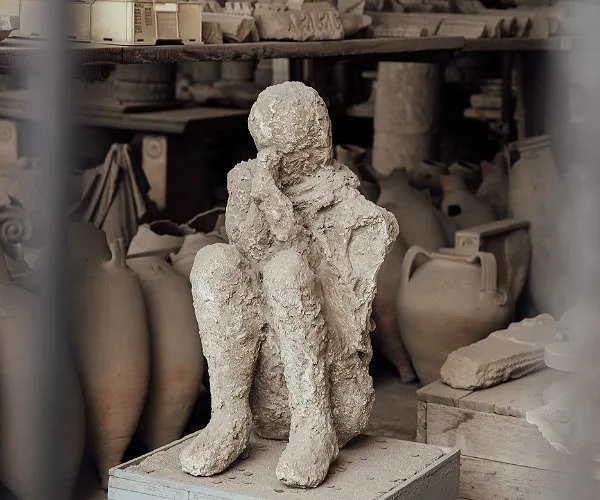
Pompeii
Mount Vesuvius erupted in 79 AD, and the residents of Pompeii were helpless. Up until that point, they had lived a life of decadence. When you walk through Pompeii and see the homes, shops, and even the infamous brothels in the city, a visitor gets a sense of what life was like at this time. Tour guides can provide visitors with a rough timeline of events during the eruption. In some areas in the ancient city, visitors can view plaster casts of some of the residents, and you can see from their facial expressions that the last few moments of their lives were filled with fear and pain. Unlike the other sites in this blog, Pompeii’s mass death was a natural, not man-made occurrence. Today, this ancient city is visited by over two million tourists a year.
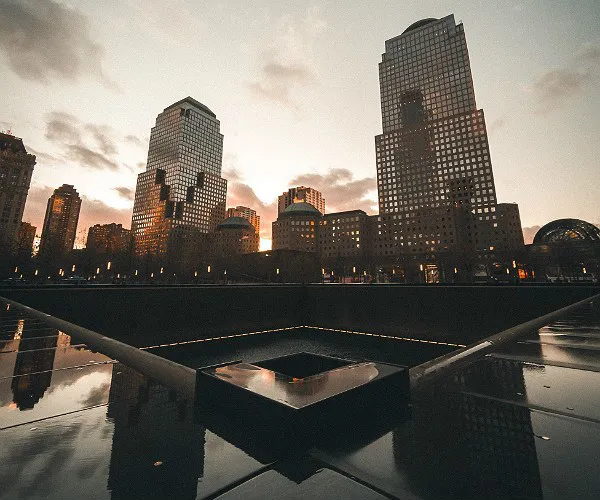
9/11 Memorial
September 11, 2001, was a horrible day that most Americans will never forget. Most people will be able to tell you exactly where they were on that day when America changed forever. This outdoor memorial located at ground zero has two wading pools where the towers formerly stood. The names of all that died in the terror attacks of 1993 and 2001 have been engraved along the pools’ outer rim. Adjacent to the property is the museum, which contains over 14,000 artifacts from that day, such as images, video and oral recordings, a damaged fire truck, and steel from the original towers. A pear tree that was recovered from the rubble a month after the attacks has been named the Survivor Tree. After some intensive care, the tree has survived and now again sits on this site.
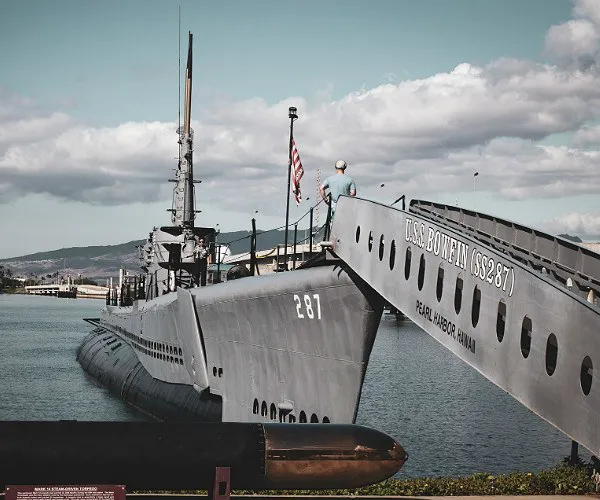
Pearl Harbor
A visit to the Arizona Memorial on the Hawaiian island of Oahu is a sobering experience. The Japanese surprise air attack on Pearl Harbor occurred in the early morning of December 7, 1941. It was a day that President Roosevelt said will go down in infamy. Pearl Harbor and the Arizona Memorial are visited by more than one million people each year. This site is special due to its role in triggering the beginning of the United States’ involvement in World War II. The USS Arizona is a permanent underwater burial for the 2,400 servicemen that perished that day. Visitors are expected to keep quiet while visiting the memorial to show respect to the dead.
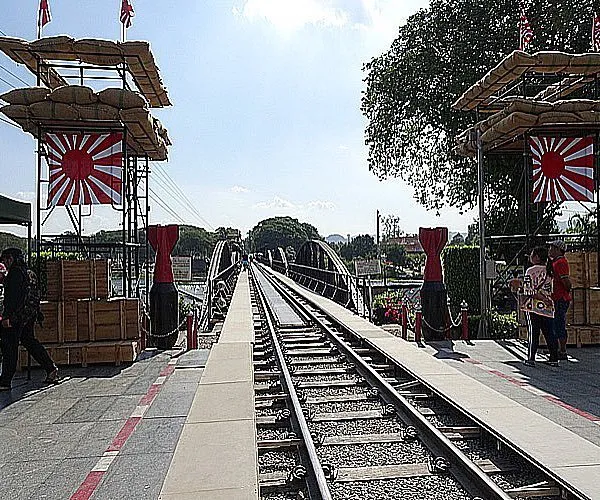
The River Kwai Bridge
In Kanchanaburi, Thailand is the River Kwai Bridge, best known from the novel and the 1957 movie starring William Holden and Alec Guinness. During WWII, POWs were forced by the Imperial Japanese Army to build the ‘Death Railway.’ During the harsh conditions, an estimated 13,000 British, American and Dutch POWs and 100,000 civilians died during the construction. Adjacent to the bridge and railway is the JEATH museum. This museum contains many artifacts from the war and the construction of the bridge. Many of the POWs are buried in the Kanchanaburi War Cemetery or Donrak War Cemetery, as it is called locally.
How is it that mass death and tragedies have become tourist attractions? Today’s seasoned traveler may want a little bit more than just your typical tourist experience like a ride to the Eiffel Tower’s top or a visit to Times Square. Just as some of us love horror movies, we love exploring some places on the planet with a dark history.
While all these places have historical significance, the idea of taking a selfie at any of these locations seems disrespectful to those that had died there. It is important to remember our history, both the good and the bad. When we reflect on past tragedies, it can help us appreciate all the good in the world and empower all to celebrate life.
by Nicole Bergstrom
